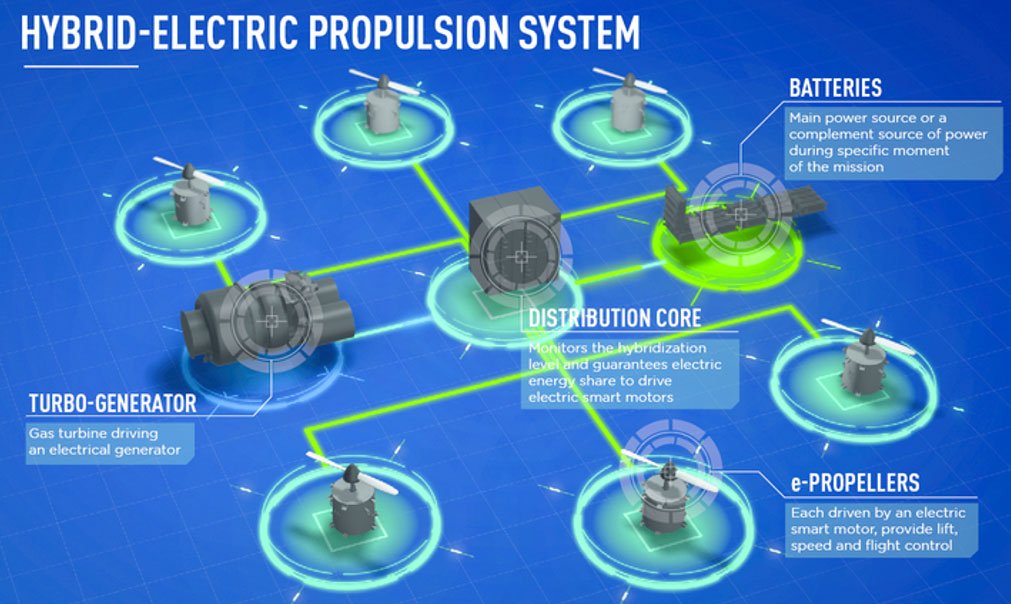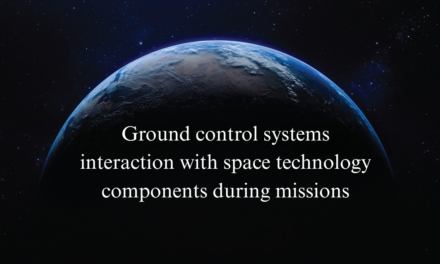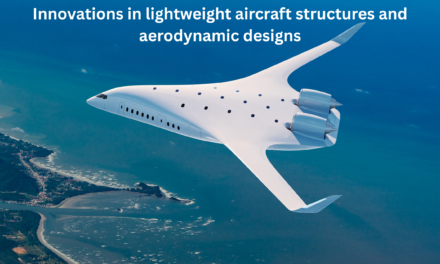Hybrid-electric propulsion systems combine traditional propulsion technologies (e.g., internal combustion engines or gas turbines) with electric power sources (e.g., batteries or fuel cells) to enhance efficiency, reduce emissions, and improve operational flexibility. By leveraging the strengths of both systems, hybrid-electric propulsion offers a transitional solution toward fully sustainable aviation. Here’s how they work and their advantages:
1. Components of Hybrid-Electric Propulsion Systems
Hybrid-electric propulsion systems integrate the following key components:
- Traditional Engine:
- Typically a gas turbine or internal combustion engine.
- Provides primary or supplementary thrust.
- Electric Motor(s):
- Powered by batteries, fuel cells, or other energy storage devices.
- Can work independently or in tandem with the traditional engine.
- Energy Storage System:
- Batteries (e.g., lithium-ion, solid-state) or fuel cells to store and provide electricity.
- Power Management System:
- Distributes power between the traditional engine and electric motor for optimal efficiency.
- Propulsion System:
- Includes fans, propellers, or rotors driven by the electric motor, traditional engine, or both.
2. Types of Hybrid-Electric Configurations
- Series Hybrid:
- The traditional engine generates electricity for the electric motor, which provides thrust.
- The engine doesn’t directly power the propulsion system.
- Example: NASA’s concept for regional hybrid-electric aircraft.
- Parallel Hybrid:
- Both the traditional engine and electric motor contribute directly to propulsion.
- Power is split between the two systems.
- Example: Airbus’ E-Fan X (discontinued but influential in hybrid research).
- Turboelectric:
- The gas turbine generates electricity to power electric motors that drive the propellers or fans.
- Example: Boeing/NASA’s STARC-ABL (Single-aisle Turboelectric Aircraft with Aft Boundary Layer propulsion).
3. How Hybrid-Electric Systems Improve Efficiency
3.1 Fuel Savings
- Optimized Load Sharing:
- The electric motor can provide additional thrust during energy-intensive phases like takeoff and climb, allowing the traditional engine to operate at its most efficient setting.
- Reduced Fuel Burn:
- Electric motors handle lower-energy phases like taxiing or descent, reducing reliance on fuel.
3.2 Emissions Reduction
- Lower CO₂ and NOx Emissions:
- Reduced fuel consumption translates directly to lower emissions.
- Cleaner Ground Operations:
- Electric taxiing eliminates emissions during airport operations.
3.3 Improved Propulsion Efficiency
- Distributed Propulsion:
- Multiple smaller electric motors distributed across the airframe improve aerodynamics and control while reducing drag.
- Boundary Layer Ingestion (BLI):
- Some hybrid designs use electric motors to ingest and re-energize slower air near the aircraft surface, increasing efficiency.
3.4 Noise Reduction
- Electric motors are quieter than traditional engines, reducing overall noise pollution.
4. Operational Benefits of Hybrid-Electric Propulsion
- Extended Range:
- Combines the longer range of traditional engines with the efficiency of electric power.
- Flexibility:
- Adaptable for short-haul, regional, or long-haul operations depending on the configuration.
- Redundancy:
- Enhanced safety through dual propulsion systems (traditional and electric).
- Reduced Fuel Dependency:
- Less reliance on fossil fuels, mitigating fuel price volatility and supply chain issues.
5. Applications of Hybrid-Electric Propulsion
- Regional Aircraft:
- Ideal for short- to medium-haul routes where energy storage limitations are less restrictive.
- Example: Heart Aerospace ES-30, a hybrid-electric regional aircraft.
- Urban Air Mobility (UAM):
- eVTOL aircraft benefit from hybrid systems for increased range and payload capacity.
- Long-Haul Aviation:
- Turboelectric configurations could enhance fuel efficiency in larger aircraft over long distances.
- Cargo Transport:
- Hybrid systems provide cost-effective and sustainable solutions for lightweight cargo operations.
6. Examples of Hybrid-Electric Projects
- Airbus E-Fan X:
- A partnership between Airbus, Rolls-Royce, and Siemens to develop a hybrid-electric demonstrator based on the BAe 146.
- Ampaire Electric EEL:
- A retrofitted hybrid-electric Cessna 337 for regional routes.
- Zunum Aero:
- Developing hybrid-electric regional aircraft with a range of 700–1,000 miles.
- NASA STARC-ABL:
- Exploring turboelectric propulsion for single-aisle commercial aircraft.
7. Challenges in Hybrid-Electric Propulsion Systems
7.1 Energy Density of Batteries
- Current batteries limit the range and payload capacity of hybrid-electric aircraft.
- Solution: Advancements in solid-state and lithium-sulfur batteries.
7.2 Thermal Management
- Managing heat generated by batteries, motors, and traditional engines is critical for safety and efficiency.
- Solution: Lightweight cooling systems and advanced materials.
7.3 Weight and Complexity
- Hybrid systems add weight and complexity compared to single propulsion methods.
- Solution: Optimize component integration and use lightweight materials.
7.4 Certification and Safety
- Hybrid-electric technologies require new regulatory frameworks and extensive safety validation.
- Solution: Collaboration between industry stakeholders and regulatory bodies (e.g., FAA, EASA).
7.5 Infrastructure Readiness
- Airports need infrastructure to support battery charging and hybrid-specific maintenance.
- Solution: Invest in electrification and green energy at airports.
8. Future Outlook for Hybrid-Electric Propulsion
- Advancing Battery Technology:
- Higher energy density and faster charging capabilities will improve hybrid systems.
- Scaling Up:
- Transitioning hybrid-electric propulsion from small aircraft to larger regional and single-aisle jets.
- Integration with Renewable Energy:
- Leveraging renewable electricity to charge batteries or produce hydrogen for fuel cells.
- Economic Viability:
- Increasing production efficiency and economies of scale will make hybrid-electric systems more cost-competitive.
Conclusion
Hybrid-electric propulsion systems offer a bridge between traditional aviation and fully electric flight, combining the reliability and range of conventional engines with the efficiency and environmental benefits of electric power. By optimizing fuel consumption, reducing emissions, and enabling innovative designs, these systems are paving the way for a more sustainable future in aviation. While challenges remain, continued technological advancements, supportive policies, and infrastructure investment will accelerate their adoption across various aerospace applications.
Hashtags
#HybridElectricPropulsion #GreenHybridTech #SustainableFlightSystems #HybridAviationInnovation #NextGenPropulsion #EfficientFlightTech #FuelEfficientAviation #OptimizedFlightPerformance #HybridPowerForAviation #SmartEnergySolutions #EcoFriendlyAviation #GreenFlightTech #LowEmissionFlight #SustainableAerospace #CleanerSkiesInnovation #HybridEnergySystems #AdvancedPropulsionTech













